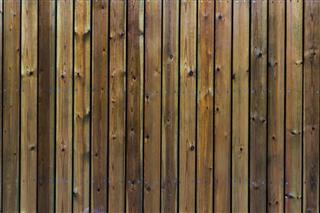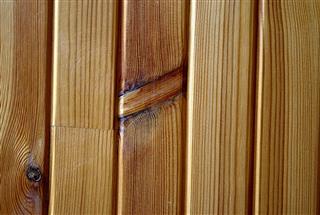
Want your wood panels to look glossy? Apply enamel paint on the ones you desire to supply a reflective finish to. This particular paint is indeed the source that provides a texture worth a caress; you would love the effect it evinces.
Applying enamel paint is a prerequisite to adorning your walls with style. It can be defined as any paint that has a hard, glossy, or opaque finish to deliver as its ultimate product. Its application on wood is similar to varnish that is used for painting fingernails. It is indeed a polish that makes the surface look shinier and increasingly reflective. Apart from being used on wood, it could be used on any surface in the kitchen bathroom, bedrooms, living area, and almost anywhere, where a translucency of sorts is wished.
These paints are generally water-resistant. A type of enamel paint called oil-based enamel has a pungent odor when applied, while water-based type is easier in terms of application, and does not possess an intolerable odor. Water-based type is also referred to as acrylic or latex paint. Enamel paints are available in a variety, defining splendid finish and texture.
Eggshell paint is one of its types that is not exactly glossy and not completely matte, and delivers a perceptible reflectance of light. Heat resistant paints or enamels are used to paint barbecue grills, boilers, furnaces, engines, and wood stoves. They are also applied on any glass piece that is exposed to heat, or any glass appliance that becomes hot when in use. When used on wood, they make the surface more durable, and keep the regions such as patios look fresh. Using them also provides a good coverage for ugly stains.
How to Use This Paint?
Here are some easy, step-by-step instructions to assist you in your painting endeavor.
- With the help of fine-grit sandpaper, scrub the wooden surface. When you sand any wooden surface, you need to ensure that no edge or surface area is left rough and unruly. You need to prepare the piece of wood furniture or a wainscoting surface, before you apply this paint. If any discrepancies are left, the enamel has an inherent property to make the rough edges or surfaces prominent.
- The next step is to apply a primer as an undercoat on the surface. It is necessary that you choose a primer shade that matches, or is of a lighter tone than the enamel you have decided to apply.
- Using a brush, apply the undercoat evenly. Make sure that your brush strokes are smooth.
- Leave the undercoat primer to dry for four to five days.
- Before painting the surfaces, use grit sandpaper on them to get rid of any further unevenness caused due to the primer application.
- Brush off all the dust stuck on the surface area. Use a soft, preferably muslin cloth, to wipe it.
- Now, paint the furniture or the wooden surface, with a suitable brush. With long strokes that promise evenness to the surface, a thin coat of enamel is preferred at first. If you find that the surface requires a darker and thicker coat, then you are free to apply the second one, as well.
- The brush marks will vanish once the paint dries; you should allow it to stand for a good amount of time.
- The average drying time in this case is about a week. To hurry up with the drying process, you can use a dehumidifier, or put on the air conditioner. Try not to paint the surface during the rainy season; it will take very long to dry. A well-ventilated room also helps in fastening up the drying process by letting in the air. To bulk up the painted surface, make sure that you paint it with two thin coats rather than applying a thick one in the first go.
Enamel paint could serve to be the perfect emulsion for your walls.




